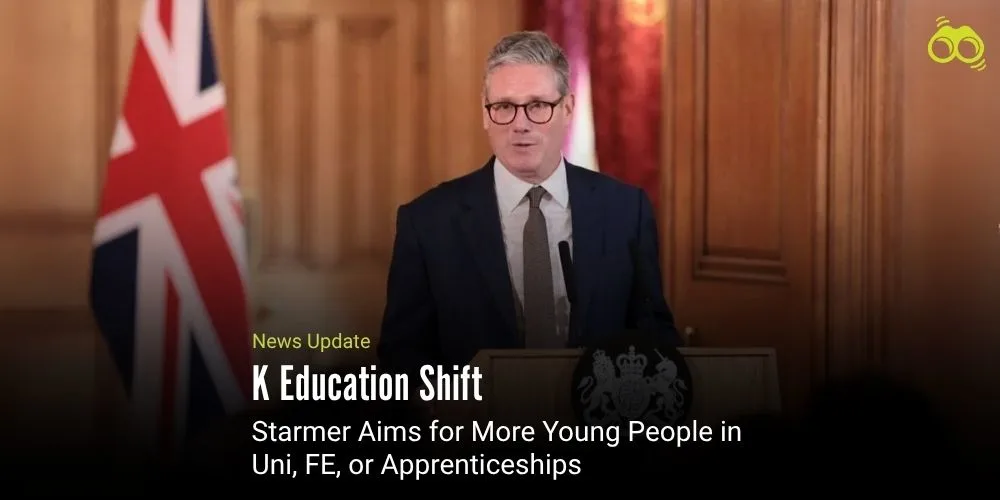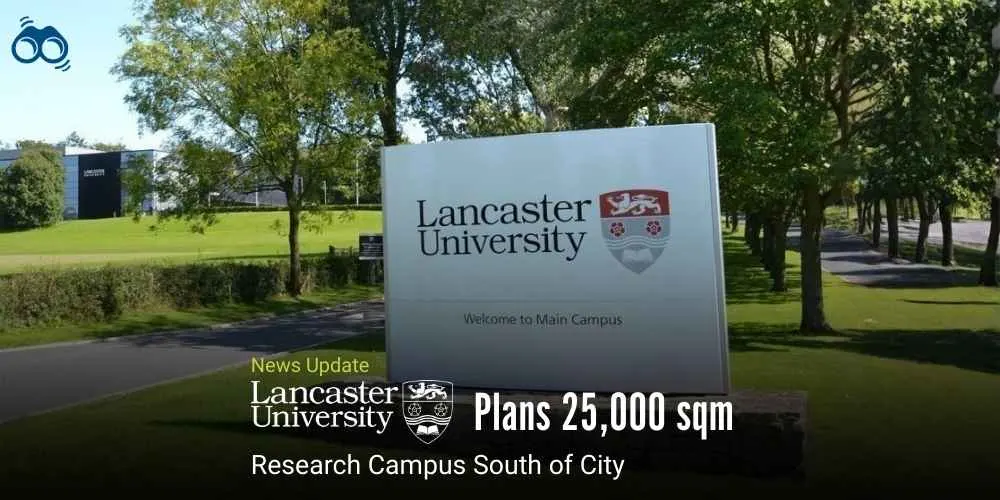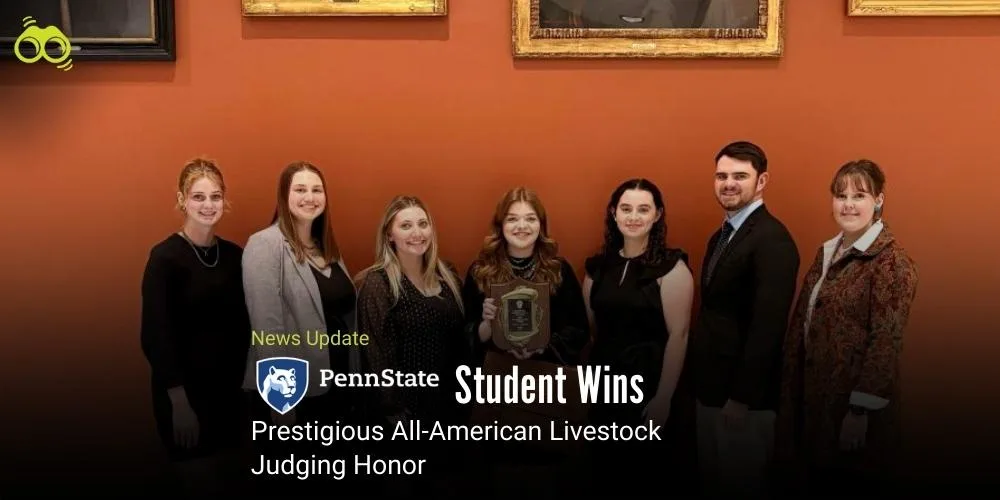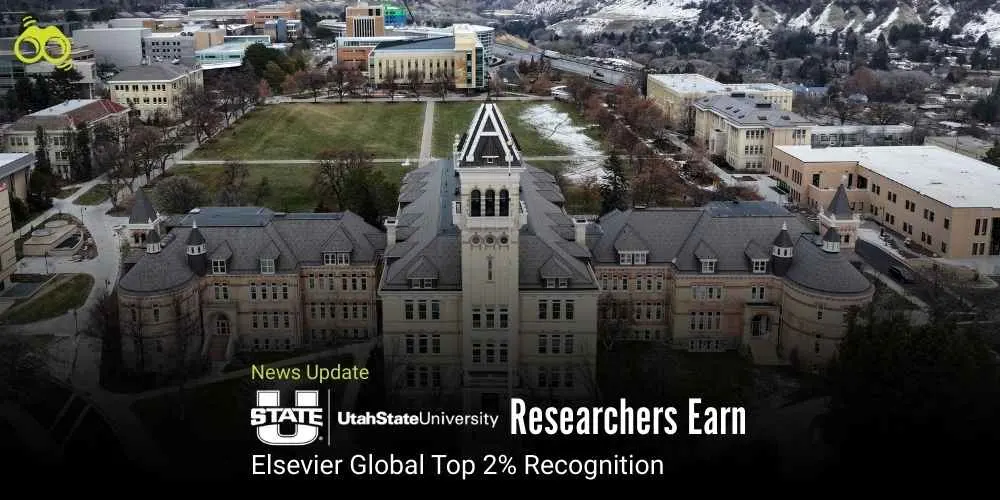Labour’s Post‑18 Education Plan Aims to Balance Academic and Vocational Pathways
Education Reform Prioritises Apprenticeships, Technical Qualifications and Further Education Routes
The UK government has unveiled a significant education change, with a vision to have two-thirds of young people move into higher education, further education (FE), or a gold standard apprenticeship by the age of 25. Prime Minister Keir Starmer revealed this new youth skills goal in his Labour Party conference speech in Liverpool, where he asserted that the former target established by Tony Blair in 1999 to send 50% of young people to university was not appropriate for today's requirements. He emphasised that while university remains important, the country must now recognise the equal value of skills training and technical qualifications.
The new strategy is part of a wider post‑18 education reform, with the emphasis moving from traditional university degrees to a broader set of career-related learning pathways. These include degree-level apprenticeships, which are funded by employers in part through the growth and skills levy, as well as other qualifications one step below degree level. Most of these can be accessed through FE colleges, which have long provided higher education courses but have struggled financially relative to schools and universities. College leaders have welcomed the interest in colleges, with a demand for greater investment to fund the government's ambitions.
The government has also established a long-term target for at least 10% of young people to be enrolled on higher technical programs or apprenticeships by 2040, almost two times the existing rate. Education chiefs and business leaders welcomed the move to drive parity between academic and vocational pathways, realising that high-level skills and hands-on training are critical to the future strength of the UK's workforce. Although demand for university space continues to be high, anxieties regarding graduate employability and fees have created broader debate. The new strategy is set to provide young people with greater flexibility and choice, making it easier for education to match employment opportunities and community needs.
Editor’s Note:
The announcement by the Prime Minister is a clear education change in the manner in which the UK assists young people post-school. By targeting two-thirds of students to enter higher education, further education, or apprenticeships, the government is acknowledging that university is not the only worthwhile path. This new proposal places equal weight on training for skills, enabling students to become ready for genuine jobs in fields such as technology, engineering, and healthcare. It is promising to hear increased emphasis placed on gold standard apprenticeships and technical qualifications, and in particular, those from colleges. These have been underemphasized, yet have a central role in developing practical expertise. The pledge to increase the number studying higher technical courses by 2040 is promising in terms of long-term vision, but it will succeed only if there is adequate funding and investment for colleges.
Skoobuzz underlines that this step reflects an increasing awareness that education must provide equity between academic and vocational paths. Regardless of whether students pursue a university degree or a practical apprenticeship, they should have access to high-quality provision leading to decent careers. The task now is to ensure each pathway is supported by investment, transparent advice, and close industry connections.
FAQs
1. What is Starmer’s education shift?
Prime Minister Keir Starmer has introduced a new plan to help more young people continue learning after school. Instead of focusing only on university, the aim is for two-thirds of young people to go into higher education, further education (FE), or a gold standard apprenticeship by the age of 25. This shift gives equal importance to both academic and practical learning.
2. How will apprenticeships be expanded?
The government wants more young people to take up degree-level apprenticeships and technical qualifications. These will be partly funded by employers through a growth and skills levy, and will include training linked to real jobs. The goal is to double the number of young people doing higher technical courses or apprenticeships by 2040.
3. What role will FE colleges play?
Further education colleges will play a key role by offering many of the new technical and job-focused courses. These colleges already provide higher education options, and the government now plans to give them more support so they can help more students gain useful skills.
4. Who qualifies for the new university/apprenticeship target?
The new target applies to all young people in England aged up to 25. It includes those who choose to study at university, take up an apprenticeship, or follow a technical course at an FE college. The idea is to give every student more choice and better chances to succeed.
5. What funding changes accompany the shift?
To make this plan work, the government is expected to increase funding for FE colleges and support skills training. Experts have said that colleges need proper investment to match the promises made. Employers will also help fund apprenticeships through the skills levy, making sure training is linked to real job opportunities.














0 Comments (Please Login To Continue)